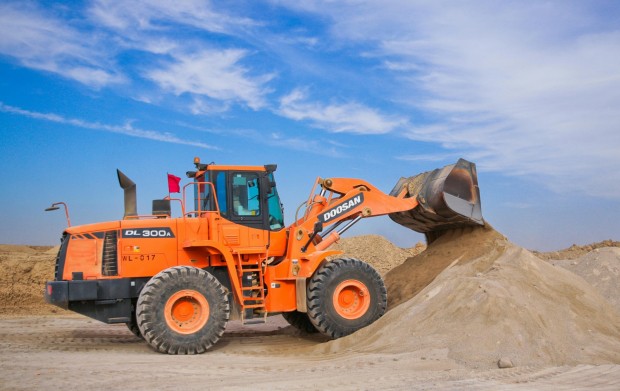Like other construction processes, excavation demands meticulous planning due to its inherent hazards. Therefore, understanding the dos and don'ts is crucial for safe and effective excavation in construction projects.

(Photo : Pexels/Anamul Rezwan )
What is the Excavation Process?
Excavation involves removing soil, dirt, and other materials from a specific region to construct, repair, or modify a property. It includes digging, grading, hauling, and other earthwork tasks typically utilized for building foundations, roads, and sidewalks, installing pipes, drainage, sewer systems, and landscaping and grading.
Moreover, when conducting an excavation, it is essential to adhere to best practices to guarantee a successful project, safe working conditions for employees, and little harm to the surrounding environment. Although numerous dangers are associated with excavation, it remains an essential and advantageous procedure for building a house and for other objective reasons. Nevertheless, before beginning an undertaking, ensure you have thoroughly planned this process.
Also Read: Discovering Architectural Wonders: 7 Must-See Famous Structures Around the World
Do's and Don'ts
Do: Consult With A Civil Engineer
There are many kinds of infrastructure, and civil engineers are experts in planning, designing, and building them. If you are planning to carry out an excavation project shortly, seek the advice of a civil engineer. They will be able to assist you in ensuring that the project is carried out safely and effectively.
Do: Invest In Protective Systems For Excavation Sites
Protective system trenches exceeding 1.5 meters in depth are required when excavating in environments composed of materials other than stable rock. When engaging in trench excavation with a minimum depth of 6.1 meters, it is mandatory to have these protective systems formulated by a registered professional engineer.
Do: Have Your Excavation Site Inspected By A Professional Daily
Having a professional capable of identifying potential dangers and risks to evaluate your excavation site regularly allows them to identify these hazards and risks, which in turn helps avoid accidents. Accordingly, these evaluations become especially crucial in the aftermath of rainstorms.
Don't: Enter An Unprotected Trench!
Unexposed trenches are particularly susceptible to cave-ins, which can occur within seconds, and as such, entering one should be an absolute last resort when engaging in excavation activities. Each year, cave-ins of this nature result in the deaths and catastrophic injury of hundreds of children and adults.
Don't: Assume Utilities Will All Be At The Same Depth
It is crucial to avoid assuming that all utilities will be positioned at the same depth across the entire excavation site, even after verifying the location of utilities in the vicinity and having these spaces marked. In many cases, their depth is determined by the period in which the various components of the utility were built or by how the terrain has changed over time.
Don't: Place Heavy Equipment Near The Excavation Edges
The primary purpose of most protective systems, including shielding, sloping, and shoring, is to bear the weight of the soil, not large equipment. As mentioned, the excavating equipment should be positioned in the area that is the least prone to collapse and as far away from the edge as feasible.
Don't: Place Surcharge Within 2 Feet Of The Excavation Edges
Surcharge consists of surplus materials or soil extracted from the earth. An excessive amount of soil and debris not only enhances the possibility of an excavation cave-in, but these items can also fall into the excavation itself.
Related Article: Macrotech Developers to Invest Nearly $90 Million in Rental House Construction for 2024-25 Fiscal Year







